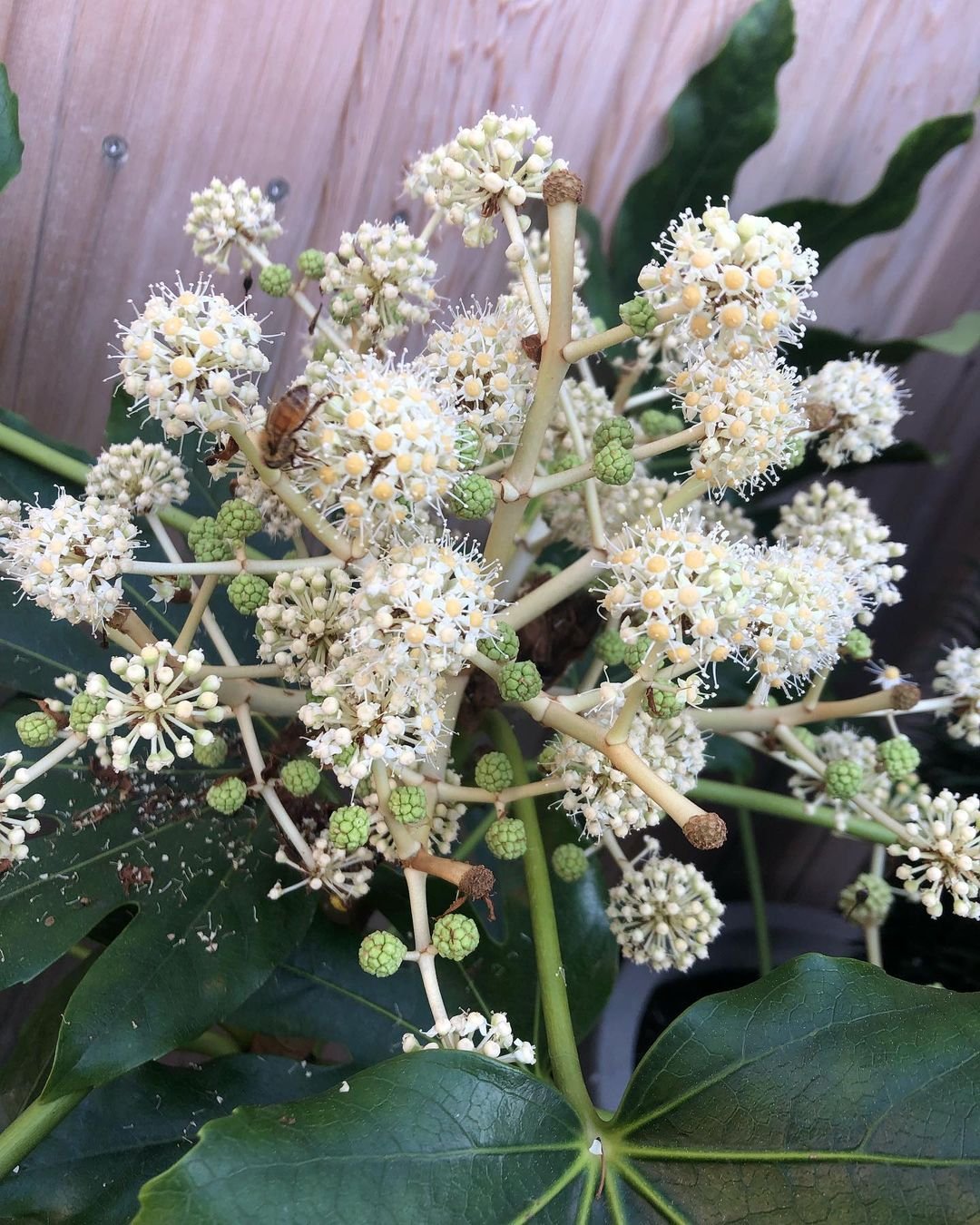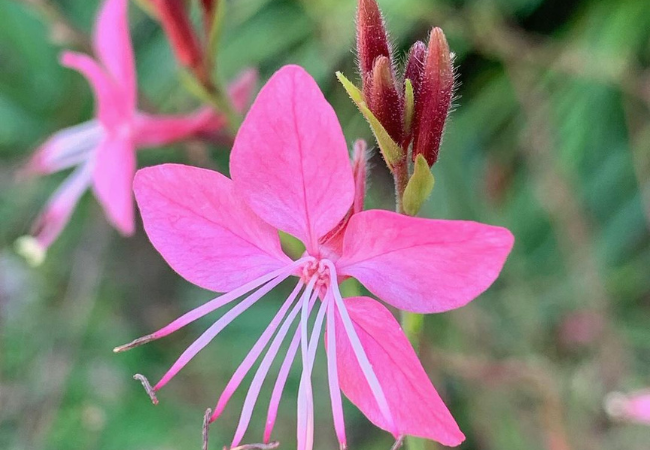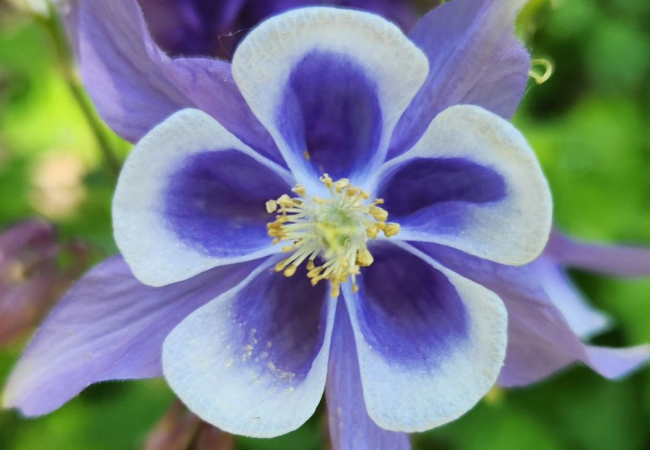Learn about the Fatsia Flower, a unique plant that adds beauty to any garden. Discover its care tips, benefits and interesting facts in this easy-to-understand guide.
Have you ever seen a plant with big, shiny leaves that looks like it came from a tropical forest? That might be a Fatsia Flower! While it’s not really a flower, people often call it the Fatsia flower because of its eye-catching white blooms. Let’s learn more about this cool plant that can make your home or garden look amazing.
Here’s a concise and verified information chart for the Fatsia Flowers:
| Category | Information |
|---|---|
| Botanical Name | Fatsia japonica |
| Common Name | Fatsia |
| Plant Zone | Zones 8-11 |
| Sun Exposure | Partial to full shade |
| Soil Type | Rich, moist, well-drained soil |
| Watering | Regular, prefers consistently moist soil |
| Growth Habit | Evergreen shrub |
| Height/Spread | 6-10 feet (1.8-3 meters) tall, 5-8 feet (1.5-2.4 meters) wide |
| Special Features | Large, glossy palmate leaves, tolerant of shade and urban conditions |
What is a Fatsia Flower?

Fatsia is a type of evergreen shrub that comes from East Asia. Its scientific name is Fatsia japonica, but people also call it Japanese aralia or paper plant. The Fatsia is part of the Araliaceae family, which includes other Flowers like ivy and ginseng.
How to Identify a Fatsia
- Leaves: Fatsia has large, glossy leaves that can be up to 12 inches wide. They’re shaped like hands with 7-9 lobes.
- Flowers: In the fall, Fatsia produces small white flowers in round clusters.
- Size: This plant can grow up to 10 feet tall and wide, but it usually stays smaller in pots.
Growing and Caring for Fatsia
Fatsia is pretty easy to grow, which makes it great for both new and experienced gardeners. Here’s what you need to know:
- Light: Fatsia likes partial shade. Too much direct sun can burn its leaves.
- Soil: Use well-draining soil that stays a bit moist.
- Water: Water regularly, but don’t let the soil get soggy.
- Temperature: Fatsia can handle cool weather but doesn’t like frost. If you live in a cold area, grow it in a pot and bring it inside for winter.
- Fertilizer: Feed your Fatsia with a balanced fertilizer in spring and summer.
Benefits of Growing Fatsia
- Air Purifier: Fatsia can help clean the air in your home.
- Low Maintenance: It doesn’t need a lot of care to look good.
- Versatile: You can grow Fatsia indoors or outdoors.
- Year-round Interest: Its big leaves look nice all year and the flowers are a bonus in fall.
Interesting Facts About Fatsia
- In Japan, Fatsia leaves are sometimes used in religious ceremonies.
- The name “Fatsia” comes from the Japanese word “fatsi,” which means “eight” – probably because of the leaf shape.
- Fatsia can live for many years with proper care.
Common Problems and Solutions
- Yellow Leaves: This might mean too much sun or not enough water.
- Pests: Watch out for scale insects and spider mites. You can often remove them with a damp cloth.
- Drooping: If the plant looks sad, it might need more water or humidity.
Fatsia is a great choice if you want a Flowers that’s easy to care for but still looks impressive. Whether you put it in your living room or your garden, it’s sure to catch people’s eyes. With its big leaves and cool flowers, Fatsia can make any space feel more alive and natural.
Remember, gardening is all about learning and having fun. Don’t worry if you make mistakes – that’s how we all get better at taking care of plants. Happy growing!
For more gardening tips and plant care guides, visit usagardenhub.com.






